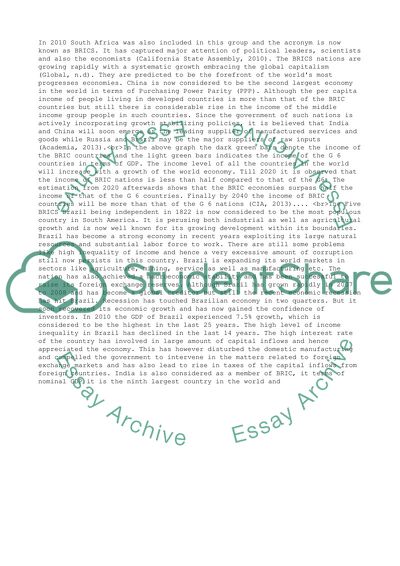Cite this document
(“BRIC Economies and Its Implications in Organizations Essay”, n.d.)
Retrieved from https://studentshare.org/management/1482669-bric-economies-and-its-implications-in-organizations
Retrieved from https://studentshare.org/management/1482669-bric-economies-and-its-implications-in-organizations
(BRIC Economies and Its Implications in Organizations Essay)
https://studentshare.org/management/1482669-bric-economies-and-its-implications-in-organizations.
https://studentshare.org/management/1482669-bric-economies-and-its-implications-in-organizations.
“BRIC Economies and Its Implications in Organizations Essay”, n.d. https://studentshare.org/management/1482669-bric-economies-and-its-implications-in-organizations.


